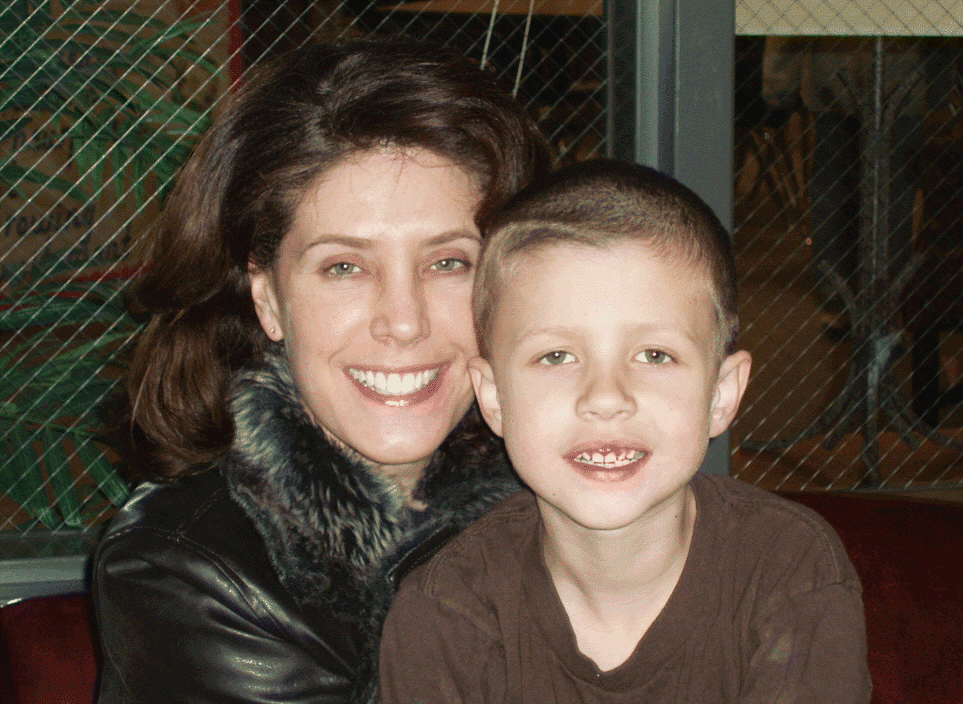In response to many national calls to enhance patient safety, the Accreditation Council for Graduate Medical Education (ACGME) mandated a maximum 80-hour workweek for all residents beginning in 2003.
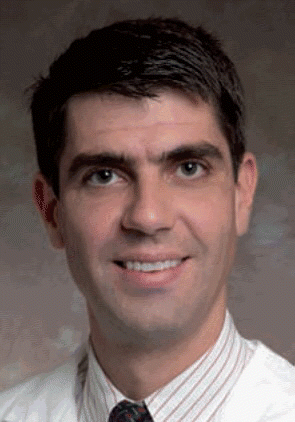

In response to many national calls to enhance patient safety, the Accreditation Council for Graduate Medical Education (ACGME) mandated a maximum 80-hour workweek for all residents beginning in 2003.

With the crisis in the financial markets reaching what many call historic proportions, another crisis long brewing is threatening to surface that, if some experts are correct, could have even greater consequences than the financial crisis for the US health care system.

As of October 1, all audiologists who provide services to Medicare patients must use their own National Provider Identifier (NPI) on claims submitted to the Centers for Medicare and Medicaid Services (CMS).
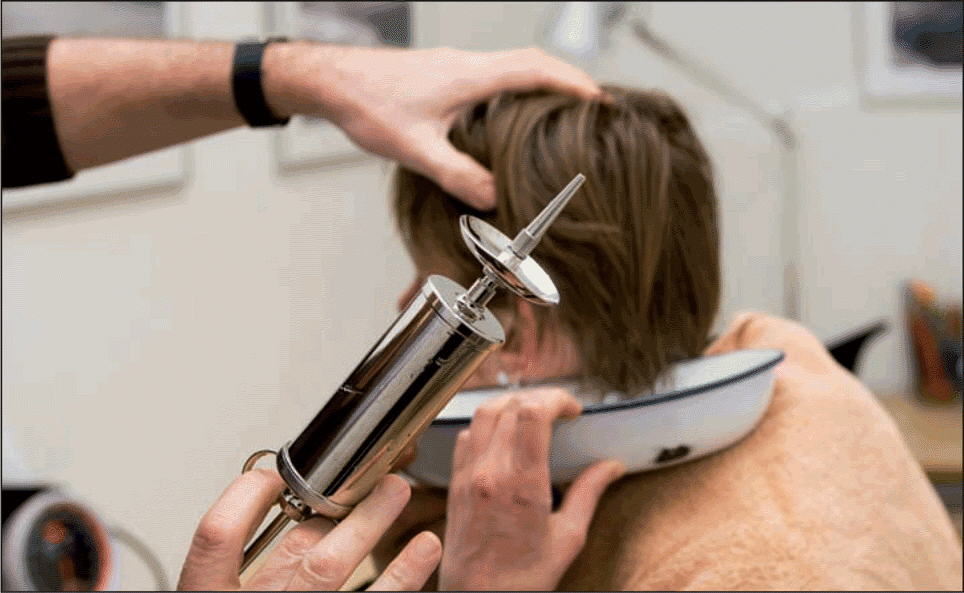
In September, the American Association of Otolaryngologists-Head and Neck Surgeons (AAO-HNS) published the first clinical practice guidelines on the removal of impacted cerumen (Otolaryngol Head Neck Surg 2008;139:S1-S21).
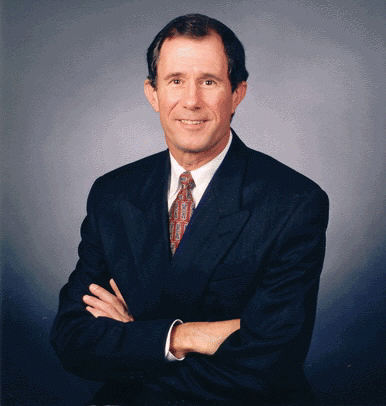
Politics is not a four-letter word.

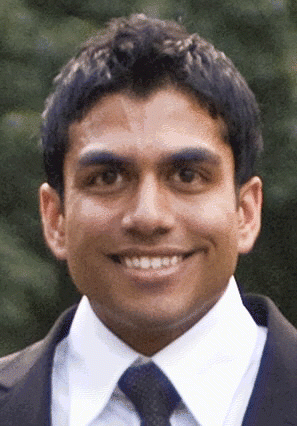
A meta-analysis of the literature suggests that oncologic and voice quality results are similar if patients with early-stage glottic cancer are treated with either transoral laser surgery or external beam radiotherapy.
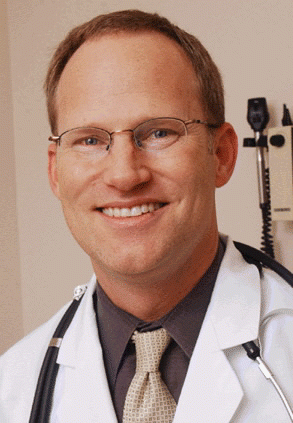
It has been suggested that since its introduction in 1992, the term evidence-based medicine (EBM) has reached almost iconic status within the medical lexicon.

